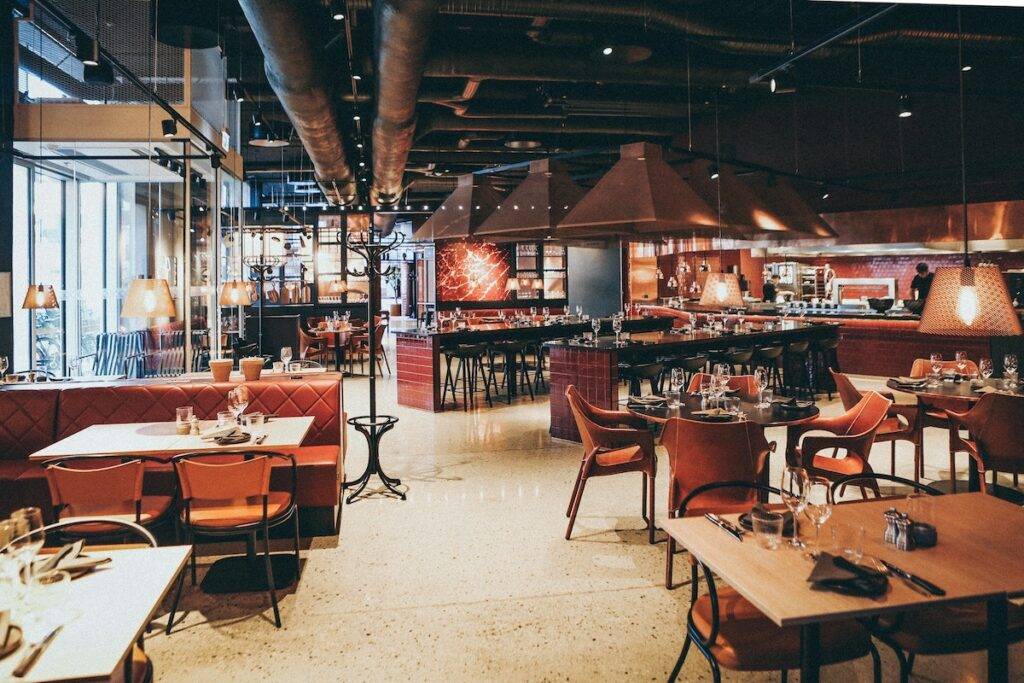When it comes to epoxy flooring for commercial kitchens, every detail matters. From equipment and appliances to food safety protocols, restaurant owners and managers prioritize creating a functional and efficient workspace. One often overlooked aspect that plays a crucial role in a commercial kitchen’s overall functionality and aesthetics is the flooring. In recent years, it has gained significant popularity compared to vinyl flooring as epoxy floors are a reliable and versatile.
- Basic Requirements of kitchen floors
- Trend 1: Metallic Epoxy Flooring for a Sleek and Modern Look
- Trend 2: Decorative Flakes and Colorful Patterns for Enhanced Ambiance
- Trend 3: High-Gloss Finishes for a Professional and Clean Look
- Trend 4: Customization and Branding Opportunities with Logo and Graphics
- Conclusion
- Frequently Asked Questions
Basic Requirements of kitchen floors
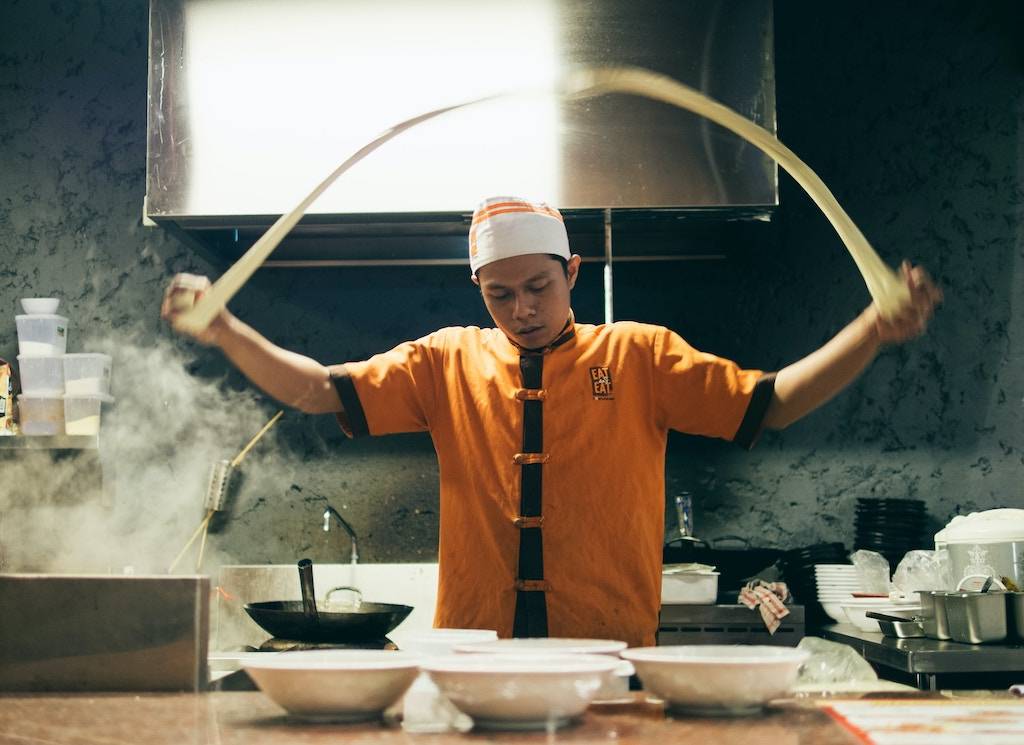
Let’s first understand the primary needs of restaurant kitchens and kitchen staff. Kitchen floors that of epoxy flooring and its suitability for commercial kitchen environments. It is a durable and seamless coating made from a combination of epoxy resin and a hardener. This flooring solution offers exceptional strength, chemical resistance, and ease of maintenance, making it an ideal choice for demanding environments like commercial kitchens.
The Key Advantages
- Create a smooth and level surface.
- Easy maintenance to avoid microbial growth or bacteria.
- Free from cracks and grout lines that accumulate grease or animal fats.
- Increases staff and customer safety with it’s slip resistance.
- Perfect choice for high foot traffic areas.
- Highly durable and ideal for restaurants and food industry.
- Quick installation with minimal downtime.
Now, let’s delve into the evolving trends in the restaurant kitchen flooring industry that can transform your commercial kitchen.
Trend 1: Metallic Epoxy Flooring for a Sleek and Modern Look
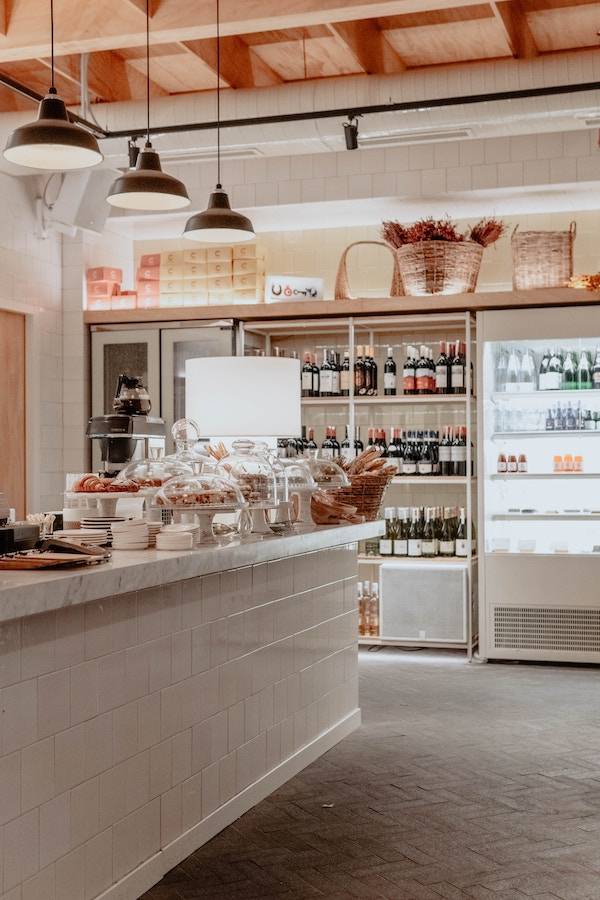
The top trend we found with rising popularity is floors with metallic epoxy coatings. This style offers a sleek and modern aesthetic that can elevate the overall look of your kitchen space. Metallic epoxy floors utilize metallic pigments and additives to create stunning visual effects, resembling the appearance of a reflective, liquid-like surface.
The beauty of metallic epoxy lies in its ability to create unique patterns, swirls, and even three-dimensional effects. With a wide range of colors and finishes available, you can customize your flooring to match the ambiance and style of your commercial kitchen. Whether you prefer a sophisticated silver finish or a bold copper hue, metallic epoxy offers endless design possibilities.
Moreover, the metallic finish is not just visually appealing; it also boasts the same durability and functionality as traditional options like tiles, concrete, natural stone, ceramic tile, wood or vinyl flooring. It is highly resistant to stains, chemicals, and abrasion, ensuring that your kitchen floor withstands the demands of a busy culinary environment.
Trend 2: Decorative Flakes and Colorful Patterns for Enhanced Ambiance
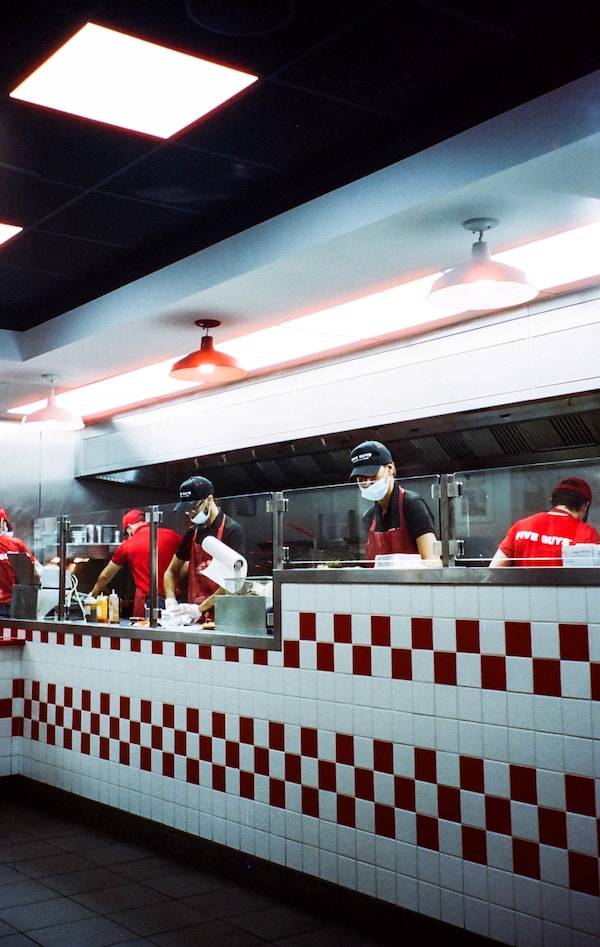
Another trend that has gained traction in commercial kitchens is the use of decorative flakes and colorful patterns in epoxy flooring. This trend allows you to go beyond a monochromatic floor and infuse your space with personality and character.
Decorative flakes, made of colored acrylic or vinyl, can be broadcasted onto the epoxy base, creating a textured and visually appealing surface. These flakes come in various sizes, colors, and blends, allowing you to achieve a customized look that complements your kitchen’s theme. Whether you prefer a subtle speckled effect or a vibrant burst of color, decorative flakes offer versatility and a touch of uniqueness.
Additionally, you can incorporate simple or intricate patterns and designs to your commercial kitchen flooring with easy installation and easy maintenance. From geometric shapes to abstract motifs, you can transform your commercial kitchen into a visually stunning space. By selecting the right combination of colors and patterns, you can create an ambiance that reflects your brand identity and enhances the overall dining experience for your customers.
Trend 3: High-Gloss Finishes for a Professional and Clean Look
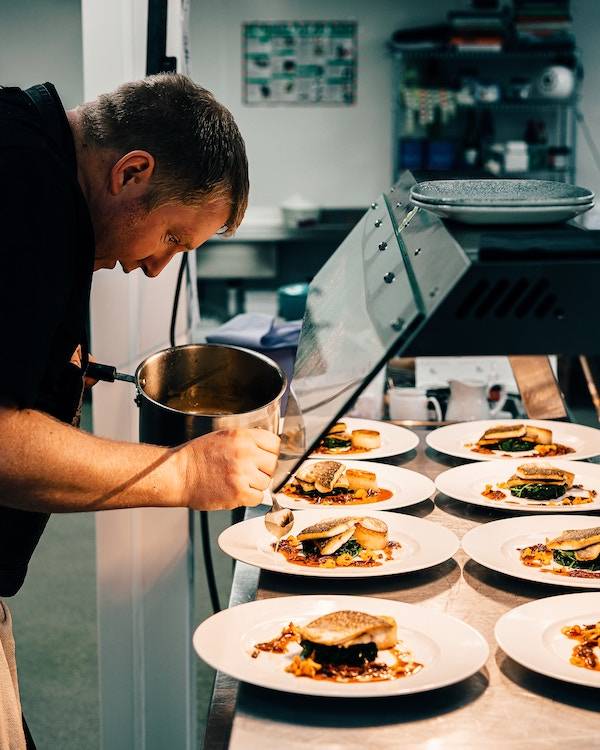
In the quest for a professional and clean aesthetic, high-gloss finishes have become a sought-after trend in commercial kitchen flooring. These finishes provide a sleek and polished appearance, creating an impression of sophistication and cleanliness.
With a high-gloss coating, a commercial kitchen floor can achieve a reflective surface that enhances the overall brightness of the space. The glossy sheen, similar to natural stone, not only adds an element of elegance but also reflects light, making the kitchen appear more spacious, inviting and saves energy.
High-gloss finishes offer practical benefits. They are resistant to stains and spills, allowing for easy cleanup and maintenance. The smooth surface minimizes the accumulation of dirt, grease, grime and food particles, making it easier to maintain a hygienic environment making it the best solution for commercial kitchens.
To ensure the longevity of the high-gloss finish, proper surface preparation and regular maintenance are crucial. Routine cleaning with non-abrasive solutions and the use of soft-bristle brooms or mops will help preserve the shine and extend the lifespan of your floor.
Trend 4: Customization and Branding Opportunities with Logo and Graphics
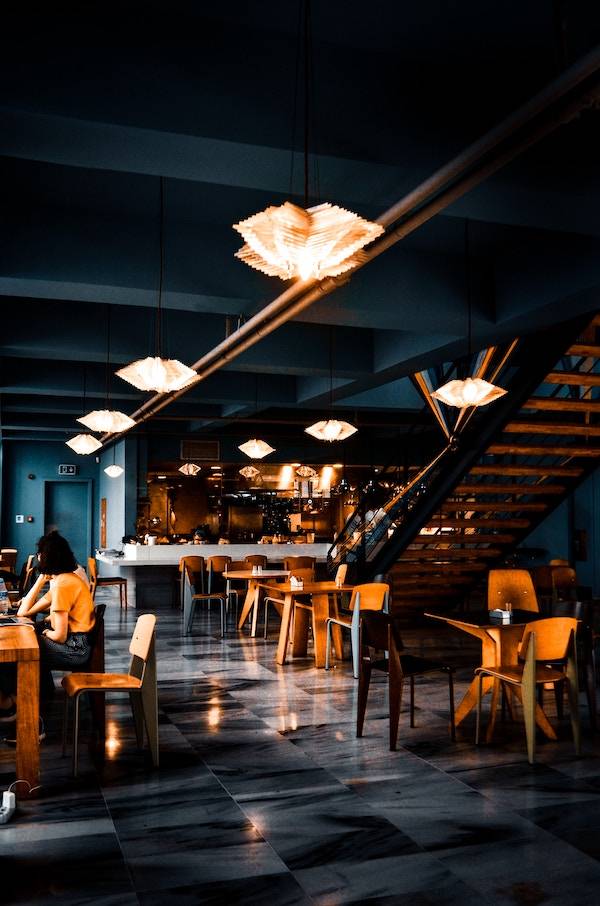
Incorporating logos and graphics into the flooring designs has emerged as a captivating trend for commercial kitchens. This trend offers an opportunity to showcase your brand identity.
By integrating your logo or specific graphics directly into the floor, you can enhance your brand recognition and leave a lasting impression on customers. Choose from a logo, branded patterns or even directions and art on the floors.
This trend goes beyond branding alone; it also allows you to incorporate functional elements into the flooring. You can designate specific areas for different operations, such as food preparation, cooking, and dishwashing, by using different colors or graphic markers. It can help streamline workflows and optimize kitchen operations.
Customization with logos and graphics opens up a realm of possibilities, enabling you to transform your commercial kitchen into a visually captivating space that aligns with your brand identity and operational needs.
Conclusion
In conclusion, all these trends in commercial kitchen flooring offer exciting possibilities for enhancing both aesthetics, functionality and safety to an extent. By embracing metallic epoxy, decorative flakes, high-gloss finishes, and customization with logos and graphics, you can make a visually stunning and hygienic kitchen space that reflects your brand identity.
These trends provide opportunities to elevate your kitchen’s appearance, optimize workflows, and impress clients. Work with professional contractors to make informed decisions and transform your commercial kitchen into a modern, efficient, and visually captivating environment.
Frequently Asked Questions
Do rubber mats slip on these floors?
Generally, no! However, it is recommended to choose rubber mats which are textured or have slip resistant backing. Make sure to clean them frequently as they have a tendency to harbor bacteria.
How do I find a good flooring installer?
Research online, look for positive reviews and ask for testimonials from past clients where they have installed similar projects. Make sure to get detailed quotes including materials used and installation timelines.
How expensive is it compared to vinyl flooring?
Epoxy flooring tends to be more expensive than vinyl flooring upfront. However, epoxy’s long-term durability and low maintenance requirements can make it cost-effective over time, especially for applications like commercial kitchen flooring.
What are the maintenance guidelines for this kind of kitchen flooring?
Epoxy flooring is very low maintenance. Clean debris with a deck brush and use a damp (not wet) mop to remove bacteria, dirt and spills. Make sure to use a pH-neutral cleaner to protect the floor and remove odors, instead of chemicals.
Can epoxy flooring be installed on top of existing wooden flooring, tiles, concrete, stone or ceramic tile?
Yes!

